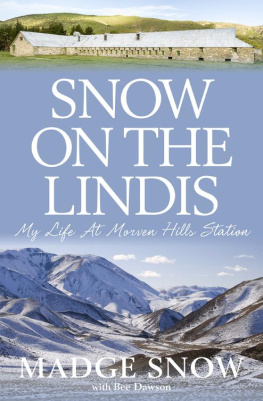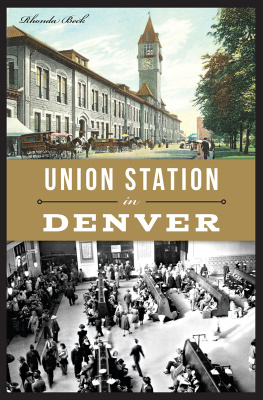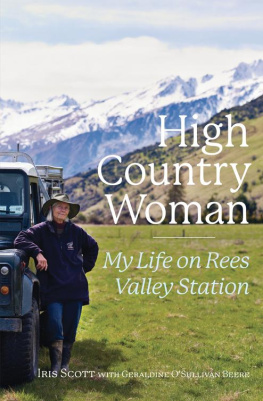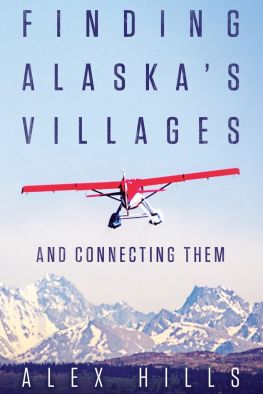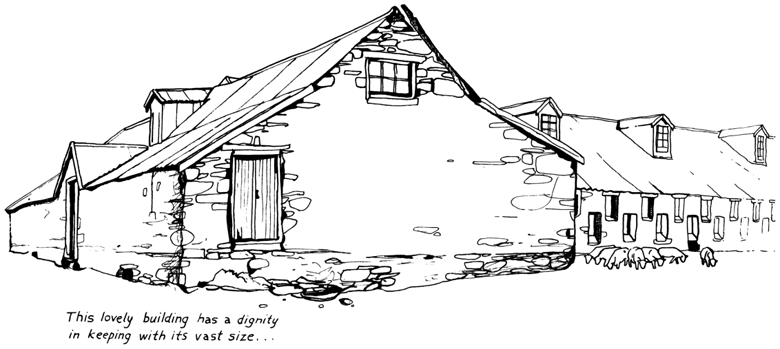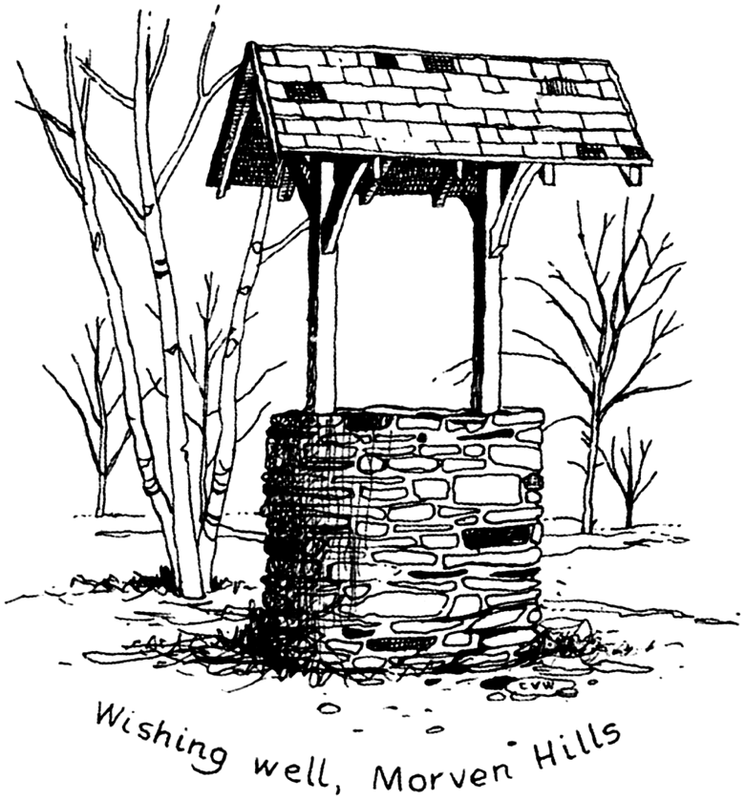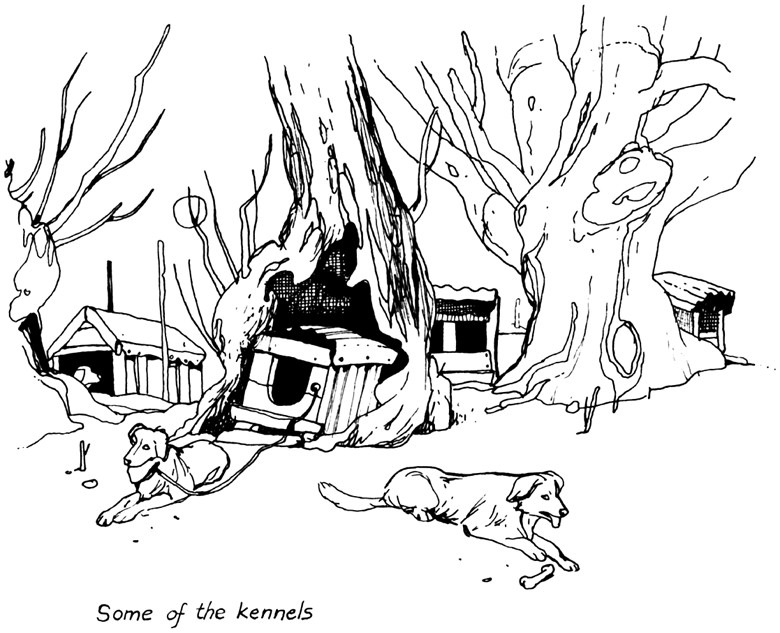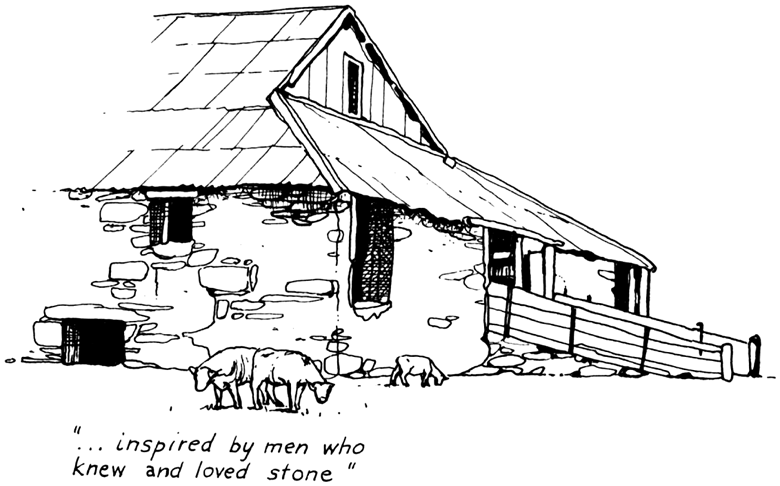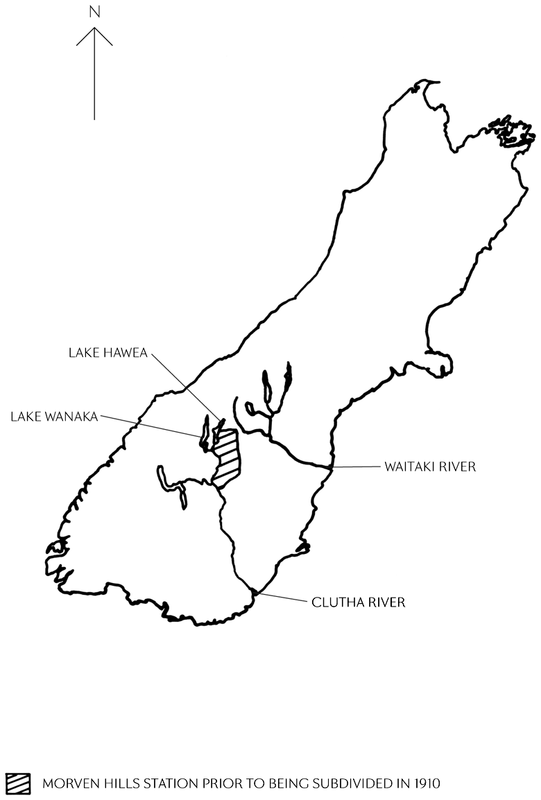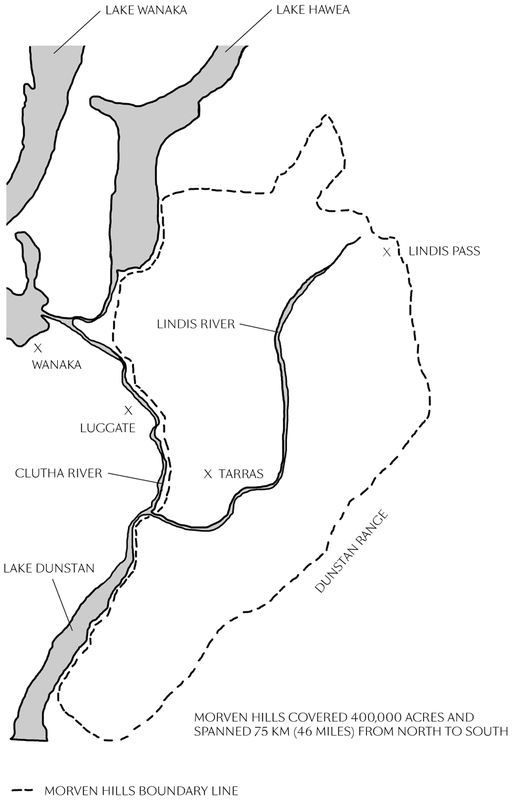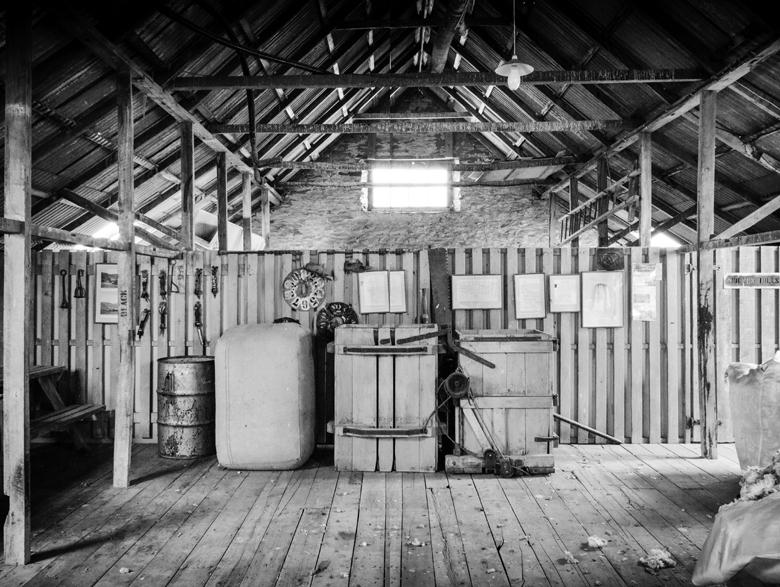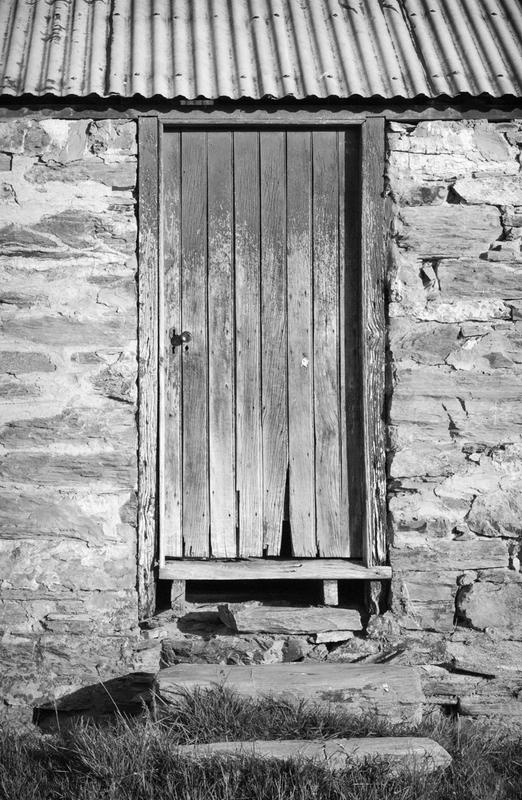From the Lindis to the Clyde, Morven Hills Station once covered 400,000 acres of tussock-clad hills. It takes a special family to farm there.
Join Madge Snow as she recounts farm life in a bygone era, and historian Bee Dawson as she unearths the fascinating early years of an iconic Central Otago station where 100,000 sheep once roamed. The times have changed, but these are high-country memories that will never fade.
I dedicate this book
to my father
whose assessment and vision
established the dream
to my mother
who worked so hard to keep the dream alive
and to my wonderful family
who all share in it.
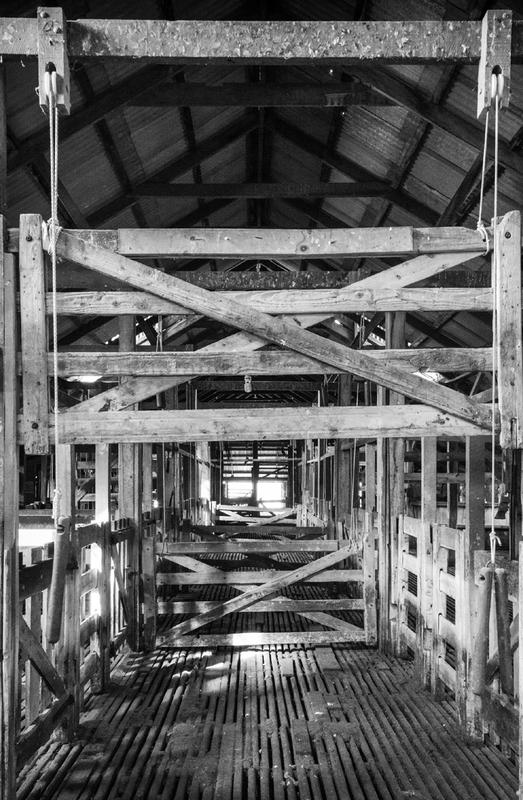
It was late afternoon when we drove over the Lindis. The landscape was incredibly beautiful a special part of Otago. Wind rippled the tussocks. They were a warm caramel colour with a wonderful silky sheen.
UNDULATING ACROSS THE VALLEY were a series of gentle breast-like mounds. It was as though God had reached out with a giant flour sifter and given the sides a gentle tap. Baby hills which had abandoned all hope of becoming mountains. We stopped on the top and stretched our legs. There was an eerie silence; a lone hawk drawing circles in the sky and the dominant feeling of space. We filled our lungs with the pure clean air and, after a quick kiss, marvelled at how lucky we were. A surge of honeymoon happiness welled in my heart; Morven Hills was just down the road.
Max was overflowing with impatience, he was anxious to keep moving. After all, he told me, he hadnt seen his dogs for over two weeks. On 14 March 1954, just 17 days into our marriage, I knew I had competition.
Fifteen kilometres down the pass we turned off the main road and drove through the red gates. The air was filled with white fluff, a world of candy floss. It looked like thistledown but Max told me it was cotton from the black poplars. As I shut the gate I scooped up a handful but, despite there being no wind, its gossamer fluff floated airily away.
Racing down the drive came two dogs. Theyd recognised the car, and were wildly excited. Theres Peg and Toss! Maxs voice showed his excitement. When we pulled up in front of an old white-washed house, an elderly man was leaning on the gate. He had a big felt hat down round his ears and I thought he was going to raise it, but no he was lifting his arm to yell at the animals. Bloody hell, them dogs thought yoose never coming back, he addressed Max. Peg was half in the car and Toss was christening the front tyre.
A big man, George Martin gave the impression that he somehow overflowed in several directions at once; he was 70 years old, florid, and wore a wide-brimmed hat and brown tweed trousers over the top of pink long johns. The pink was folded over five centimetres and everything was held up by sturdy braces. To complete the picture, he wore a pink short-sleeved woollen singlet. You could say he was a colourful character. As long as I knew George I never saw him dressed any other way.
Bloody hell, yoose be the new missus, he said, crunching my hand. Ive got the fire stoked up for yoose. An the kettles a-boiling if you wanna cup o tea. George followed us into the kitchen and sat on the seat under the window. There was a wooden table and four rickety chairs, but taking centre stage was a black and red Shacklock range. Bloody hell; Dirty Dora, thats what I call her. Yoose call her what you like. By this stage the well-stoked Dora was almost red hot, the kettle was jumping up and down and splattering everywhere, the overheated cistern was giving off a deep-throated rumble, the dogs were barking and George was talking non-stop. A cacophony of sound waiting on the maestro to raise his baton. With a flourish George picked up his polished walnut-coloured manuka stick, waved it baton-like in the air, and said, Ill see yoose tomorrow.
Well, I thought. Let the show begin!
Morven Hills is now a 14,500-hectare tract of land in the Lindis Pass, 30 kilometres from Tarras and 50 kilometres from Omarama. Its just a fraction of its former size; in its heyday it was an enormous sheep station encompassing almost 400,000 acres (162,000 hectares) down the eastern shore of Lake Hawea and the left bank of the Clutha River to Clyde, measuring 75 kilometres from north to south.
WHEN EUROPEANS FIRST ARRIVED in New Zealand they saw vast areas of land that were seemingly free for the taking. The 1855 Waste Lands Act introduced a system of issuing depasturing licences for large areas known as runs or stations. This provided a wonderful opportunity for adventurous souls who were prepared to chance their arm by taking up land in isolated and difficult areas.
Intending settlers would select an area of land and then lodge an application, along with a 20 deposit, with the Commissioner in Dunedin. The application would clearly define where the selected run was, as well as its size and carrying capacity. After the application was approved the run-holder had a fixed period in which to stock the run and begin its development. Once these conditions were met they would be granted a 14-year pastoral or grazing licence, in return for an annual licence fee of 5 plus a further 1 for every 1000 sheep above 5000. With such favourable conditions, it is hardly surprising that energetic men with a dollop of capital rushed to the interior.
No land could be distributed before the scope and boundaries of these interior tracts were known. The Otago Provincial Council therefore commissioned John Turnbull Thomson, the recently appointed Chief Surveyor for the Province of Otago, to map the hitherto unexplored areas of the southern South Island. Thomson travelled to Tutuaru, a settlement a few kilometres south of Mataura. Here he consulted with Reko, the Maori chief who had accompanied explorer Nathaniel Chalmers when he ventured into the Upper Clutha area in 1853. Reko told Thomson of the old Maori greenstone trails that went through the inland regions to the West Coast, and also drew a map of the rivers and lakes that would be encountered along the way.
In October 1857 Thomson and a couple of companions set off on horseback at the beginning of his third survey expedition, a reconnaissance through the Upper Waitaki and the area beyond the Dunstan Mountains. Well-laden packhorses would have carried their tools of trade: theodolites, notebooks and pens for recording what they saw, as well as assorted paints, brushes and paper or canvas for the accompanying paintings. Thered have been tents and rolls of blankets, plus a billy, frying pan, large cooking pot and food basics such as oatmeal, flour, salt, tea and sugar. Dogs were useful when it came to catching weka or pukeko (both tasty additions to the stew pot) and ducks were shot whenever the opportunity arose. It was hard work as they needed to cross snow-fed rivers, negotiate steep gorges, and find their way around boulders and through densely growing vegetation such as matagouri and speargrass.

